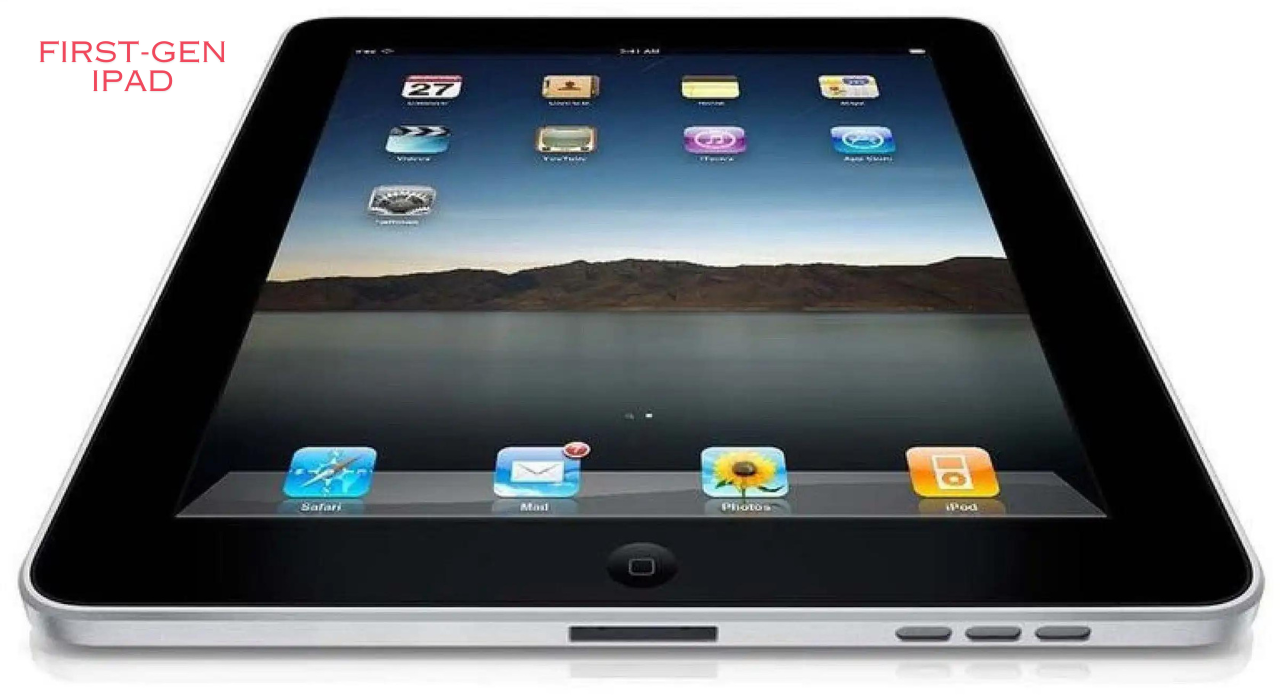Let’s take a stroll down tech memory lane to the OG iPad, also fondly known as the iPad 1 or the original iPad. This sleek tablet was the brainchild of Apple Inc., marking the inception of the iPad lineup.
Unveiled on January 27, 2010, by the legendary Steve Jobs, the iPad 1 boasted an Apple A4 SoC, a 9.7-inch touchscreen display, and for some versions, the ability to tap into cellular networks. Running on the iOS operating system, it wasn’t just a pretty face – the iPad could groove to music, handle emails, and surf the web. Want more? Games, reference materials, GPS navigation, and social networks were just a download away through the magic of apps.
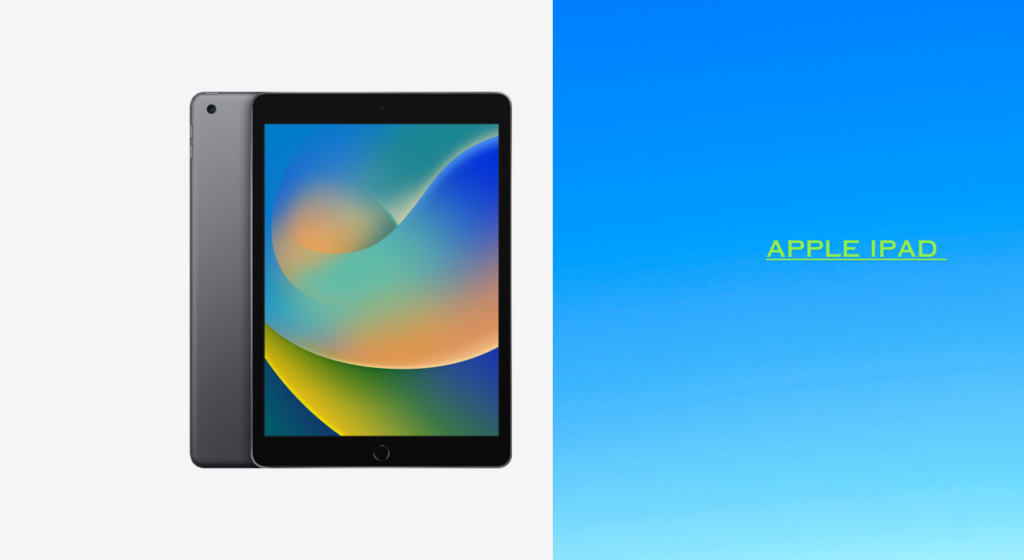
April 3, 2010, was a milestone as the Wi-Fi version hit the shelves in the U.S., followed by the “Wi-Fi + 3G” model on April 30. The global iPad takeover continued, reaching Australia, Canada, France, Japan, Italy, Germany, Spain, Switzerland, and the United Kingdom by May 28, 2010.
Tech critics and enthusiasts showered love on the iPad 1. Its versatility earned it praise, with reviewers hailing it as a worthy competitor to laptops and netbooks. However, no device is perfect – some folks frowned upon the closed nature of its operating system and the absence of support for Adobe Flash.
In the first 80 days, a whopping 3 million iPads found new homes. Fast forward to the iPad 2 launch, and Apple had already notched up over 15 million in sales. The iPad 1 wasn’t just a tablet; it was a game-changer in the tech realm, setting the stage for a new era of portable computing.
A Quick Tour of the Evolution of Portable Computing
let’s go on a tech time-travel! Tablets didn’t just pop into existence as the sleek, shiny gadgets we know today. The journey starts way back, almost five decades ago. Here’s a quick rundown of how these small PCs evolved into the tech marvels they are today.
1972—The One Million Pixels: Picture this: 1972, Alan Kay, an American Computer scientist, dreams up the concept of a tablet called Dynabook. This was way before the era of iPads. Kay envisioned a personal computing device for kids, kinda like a mini PC. The Dynabook had a stylus pen and a display boasting at least a million pixels. Cool, right? But hold on, laptops weren’t even a thing back then.
1989—The Brick Age: Fast forward to 1989, and the first tablet computer, GRidPad, steps onto the scene. Before that, there were Graphic Tablets doing their thing, connecting to computer workstations, functioning like today’s mouse. But GRidPad wasn’t the sleek wonder we think of today. These tablets were bulky, weighing around five pounds, and their screens were far from the million-pixel dream that Kay had.
1991—The PDAs: Early ’90s ushered in the era of Personal Digital Assistants (PDAs). Unlike GRidPad, these bad boys had decent processing speed, fair graphics, and could handle a bunch of applications. Big names like Nokia, Handspring, Apple, and Palm hopped on the PDA train, calling it pen computing technology. Unlike GRidPads, PDAs ran on PenPoint OS and other systems.
1994—The First True Tablet: Say hello to the late ’90s, where Fujitsu drops the Stylistic 500-tablet with an Intel processor, running Windows 95. But the game-changer was in 2002 when Microsoft, under Bill Gates, introduced the Windows XP Tablet. This was a peek into the future, but alas, Windows XP Tablet couldn’t fully embrace the touchscreen world.
2010—The Real Deal: Hold your horses; it’s not until 2010 that Apple, under Steve Jobs, blows our minds with the iPad. Finally, a tablet that checks all the boxes from Alan Kay’s Dynabook dream. The iPad ran on iOS, making it easy to customize, with an intuitive touch screen and cool gestures. Other companies jumped on the bandwagon, leading to a tablet frenzy in the market. Microsoft learned from their earlier missteps and introduced touch-friendly Windows Tablets.
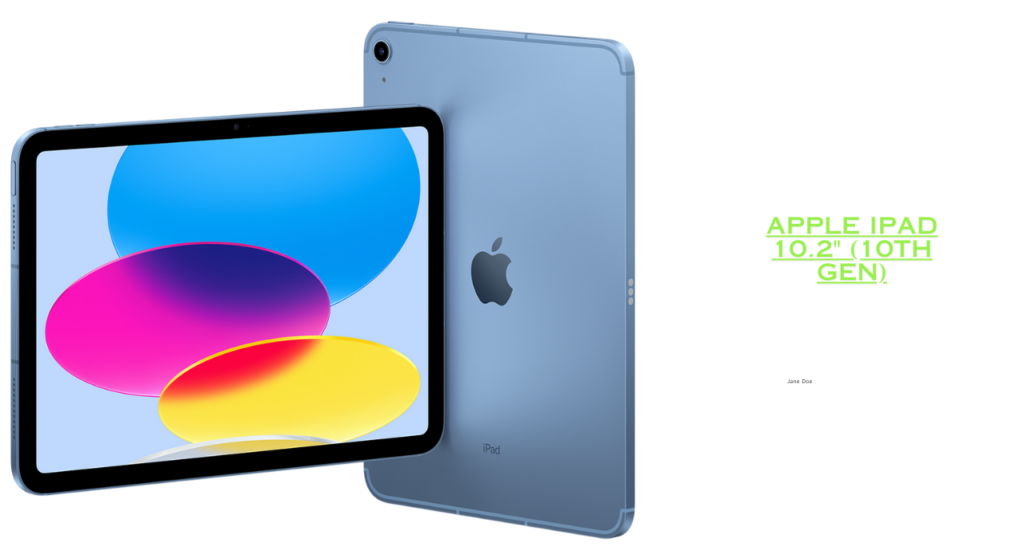
Currently: Fast forward to now – Apple, Microsoft, and Google rule the tablet game. Devices like the Nexus, Galaxy Tab, iPad Air, and Amazon Fire are the sleek wonders we have today, boasting millions of pixels, a range of widgets, and, fun fact, they rarely use a stylus like Kay envisioned. We might say we’ve exceeded Kay’s dreams, but who knows what the future holds for tablet tech? Time will tell! 🚀✨
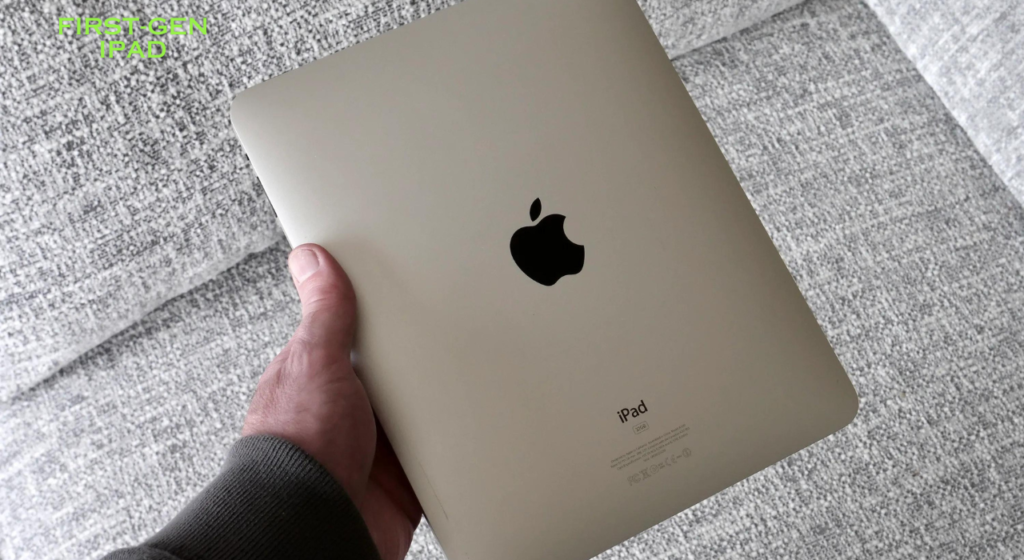
The Story Behind Apple’s 10-Year Journey to the iPad
Let’s dive into the tech chronicles, where the demise of the MessagePad in 1998 paved the way for a whole new era of Apple devices, namely the iPhone and the iPad. The iPhone, born in 2007, quickly stole the spotlight as a commercial sensation. Rumors swirled about Apple cooking up something new, and on January 27, 2010, the big reveal happened – enter the iPad.
Steve Jobs took the stage to unveil the iPad, a powerhouse that blended computer capabilities with the sleek, on-the-go design of a smartphone. Sporting the Apple A4 SoC, the first-gen iPad flexed its muscles, outshining the iPhone in power while retaining that signature user-friendly Apple experience. Its 9.7-inch display was a game-changer, and with built-in GPS and support for cellular networks, it was leagues ahead of the MessagePad in the “PDA” department.
Here’s a snapshot of the first-gen iPad’s specs:
Processor:
- ARM Cortex A8 (1GHz)
Graphics:
- PowerVR SGX535
Memory:
- 256MB DDR RAM
Storage:
- Up to 64GB
Display:
- 9.7-inch 1024×768 IPS screen
Connectivity:
- Wi-Fi 802.11 a/b/g/n
- Bluetooth 2.1 + EDR
Ports:
- Apple 30-pin dock connector
Battery:
- 6,600 mAh
Size (WxDxH):
- 7.47×0.50×9.56 inches (190x13x243 mm)
Weight:
- Wi-Fi model: 1.5 pounds (680g)
- Wi-Fi + 3G model: 1.6 pounds (730g)
Price:
- From $499
While it didn’t match the power of a typical laptop, the first-gen iPad was a game-changer for casual users. Perfect for web browsing, checking emails, and everyday tasks, it stormed onto the scene on April 3, 2010, garnering immense popularity. Little did we know, this was just the beginning of Apple’s tablet revolution. 🚀✨
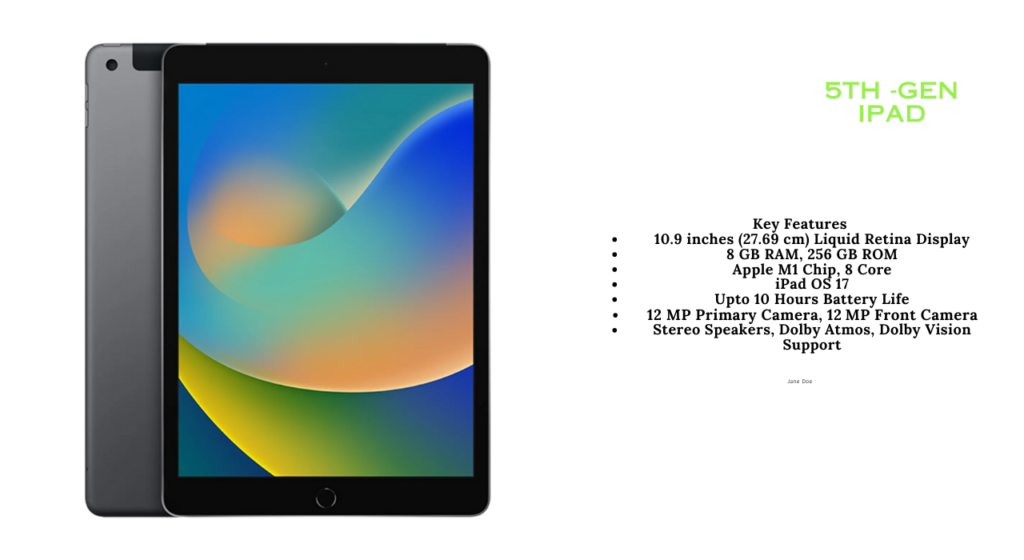
Apple’s Legacy of Refinement in the Evolution of iPad
Let’s rewind the clock to the iPad’s revolutionary days. While it was a game-changer, it wasn’t perfect – no built-in camera and multitasking headaches. Apple, being Apple, seized the moment and dropped the second-gen iPads in 2011, fixing all the gripes. Faster processor, more memory, sleeker design, and the big win – front and rear cameras.
The iPad family soon turned into a whole lineup. Picture this: iPad Mini for the compact fans, iPad Air for the mid-range enthusiasts, and iPad Pro for those who want the cream of the crop.
Now, let’s talk OS. The original iPad kicked off with iPhone OS 3.2, but as it evolved, it needed more. Enter iOS 4. Fast forward to September 24, 2019, and Apple decided it’s time for the iPad to shine on its own – introducing iPadOS 13, tailor-made for those sleek tablets.
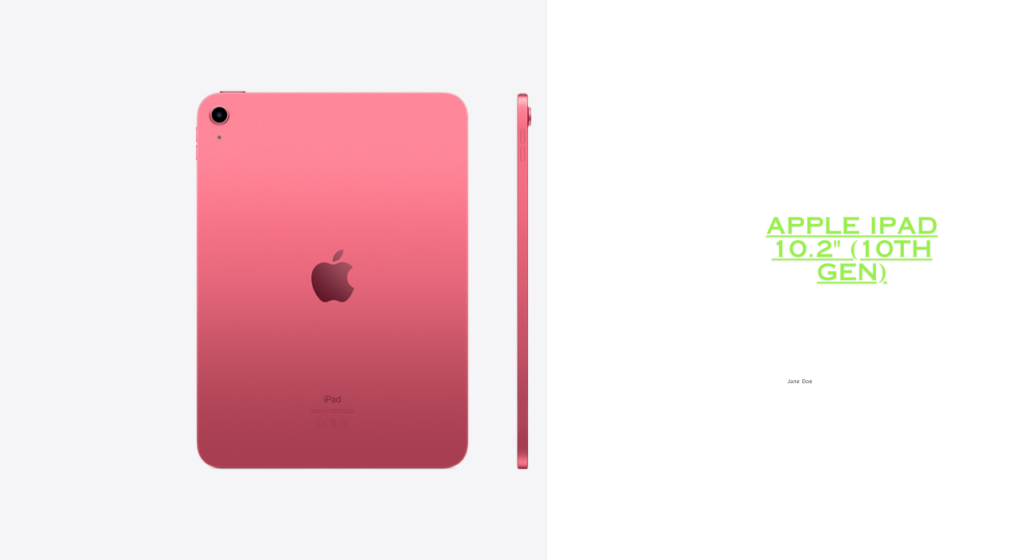
But, hold on! It’s not all sunshine in recent years. Apple kind of took a timeout from the iPad world since 2022, shifting its focus to the VR/AR market with the Vision Pro headset. But hey, iPad lovers, don’t lose hope. Rumor has it that 2024 might be the year of a grand iPad comeback. Whispers in the tech wind suggest new iPad Pro models with M3 chips and dazzling OLED displays. Fingers crossed, folks!
